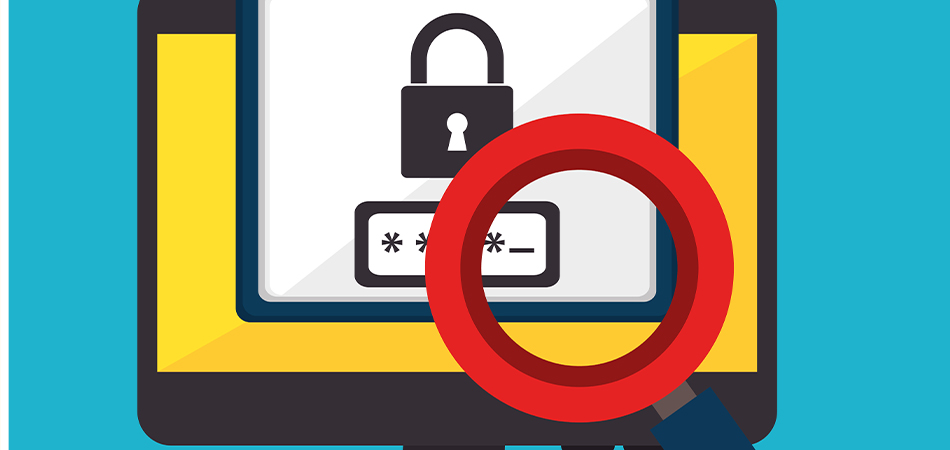Why Website Security Audits Are Important
 Security audits help protect your website, sensitive data, and users from threats such as malware, unauthorized access, data breaches, and DDoS attacks. By regularly conducting security audits, you can:
Security audits help protect your website, sensitive data, and users from threats such as malware, unauthorized access, data breaches, and DDoS attacks. By regularly conducting security audits, you can:
- Identify vulnerabilities: Find weaknesses in your website’s infrastructure, code, and configurations.
- Meet compliance requirements: Ensure your website meets industry standards, especially if you handle sensitive data.
- Protect your reputation: Prevent security breaches that could damage your brand’s trust and credibility.
- Enhance user trust: Reassure visitors that their data is protected.
Steps to Request a Website Security Audit
Here’s how to request a website security audit, from selecting the right provider to preparing for the audit itself.
1. Determine the Scope of the Security Audit
Before reaching out to an auditor, identify what aspects of your website you want reviewed:
- Application Security: Identifies vulnerabilities in the code, such as cross-site scripting (XSS) or SQL injection.
- Network Security: Assesses how data is transmitted to and from the website.
- Server and Database Security: Reviews the backend to ensure database configurations are secure.
- Compliance Checks: Verifies compliance with standards like PCI-DSS or GDPR, essential for sites handling payments or user data.
- User Permissions and Access Control: Reviews who has access to your site and how roles are managed.
Clearly defining the scope will help auditors understand what specific areas to focus on and may reduce costs by limiting the audit to only necessary components.
2. Choose a Qualified Security Auditor
Selecting a trusted, certified security provider is crucial for an effective audit. Look for firms or professionals with these qualifications:
- Certifications: Choose providers with credentials like CISSP (Certified Information Systems Security Professional), CEH (Certified Ethical Hacker), or CISA (Certified Information Systems Auditor).
- Experience: Ensure they have experience in web application security, especially with your industry’s standards.
- References and Case Studies: Ask for case studies or references from previous clients to verify their expertise and reliability.
- Clear Reporting Practices: Make sure the auditor provides comprehensive reports, including prioritized recommendations.
Some popular providers for website security audits include:
- Netsparker: Known for its automated security testing.
- Sitelock: Offers security services specifically for small and medium-sized businesses.
- Trustwave: Provides both compliance-based and application security audits.
- CrowdStrike: Well-regarded for advanced threat protection and auditing.
3. Prepare Your Website for the Audit
Once you’ve selected a provider, prepare your website for the audit:
- Back Up Your Website: Create a full backup of your site, including files and databases, in case changes or fixes need to be applied.
- Provide Access to Auditors: Depending on the scope, auditors may need temporary access to backend systems, databases, server configurations, or source code.
- Inform Your Team: Let your technical team know about the upcoming audit to avoid any disruptions and to provide additional context as needed.
4. Request a Proposal or Quote
Request a detailed proposal or quote from the provider. Here’s what a typical proposal should cover:
- Scope and Objectives: A detailed overview of the areas included in the audit.
- Methodology: Describes the tools, techniques, and processes they will use (e.g., penetration testing, code review).
- Timeline: Specifies how long the audit will take.
- Cost: Breaks down the pricing for each part of the audit, with any additional fees or recurring services outlined.
- Report Sample: Some providers may share a sample report to show what you can expect from their findings and recommendations.
5. Understand the Audit Process
Most audits consist of a few critical phases:
- Reconnaissance and Scanning: The auditor will scan your website to understand the architecture and identify initial vulnerabilities.
- Penetration Testing: Using ethical hacking techniques, auditors attempt to exploit any weaknesses they identify.
- Manual Review: Some vulnerabilities require manual review, especially in application code or server configurations.
- Reporting: The audit concludes with a report detailing vulnerabilities, recommended fixes, and prioritized steps to enhance security.
6. Review the Audit Report and Take Action
Once the audit is complete, you’ll receive a detailed report that includes:
- Risk Summary: Lists the severity of each identified issue.
- Vulnerability Details: Explains each vulnerability, its potential impact, and examples if applicable.
- Recommended Fixes: Provides actionable recommendations to fix each issue.
- Prioritization: Helps you tackle the most critical vulnerabilities first.
Review the findings with your technical team to create an action plan for addressing any vulnerabilities.
7. Implement Security Improvements and Schedule Follow-Up Audits
After the audit, implement the recommended changes. These may include:
- Applying security patches: For both your application and server.
- Updating configurations: For permissions, databases, and network firewalls.
- Strengthening authentication: Implementing stronger access control or two-factor authentication.
- Regular Backups and Monitoring: Set up regular backups and monitoring systems for ongoing security.
For long-term protection, consider scheduling regular security audits (annually, semi-annually, or quarterly) based on your website’s complexity and risk level.
Tips for Maintaining Security Between Audits
- Keep Software Updated: Regularly update your website CMS, plugins, and any third-party integrations.
- Use Strong Passwords: Enforce strong password policies and two-factor authentication.
- Monitor for Suspicious Activity: Use monitoring tools to detect unusual login attempts, traffic spikes, or changes.
- Educate Your Team: Conduct regular security awareness training to keep everyone informed about best practices and new threats.
Final Thoughts
A website security audit is an essential step in safeguarding your online presence. By choosing a reputable auditor, understanding the audit process, and acting on the results, you’ll create a stronger defense against cyber threats and ensure your site remains secure for visitors and users alike. Regular audits and proactive security measures will keep your site protected and compliant with industry standards.